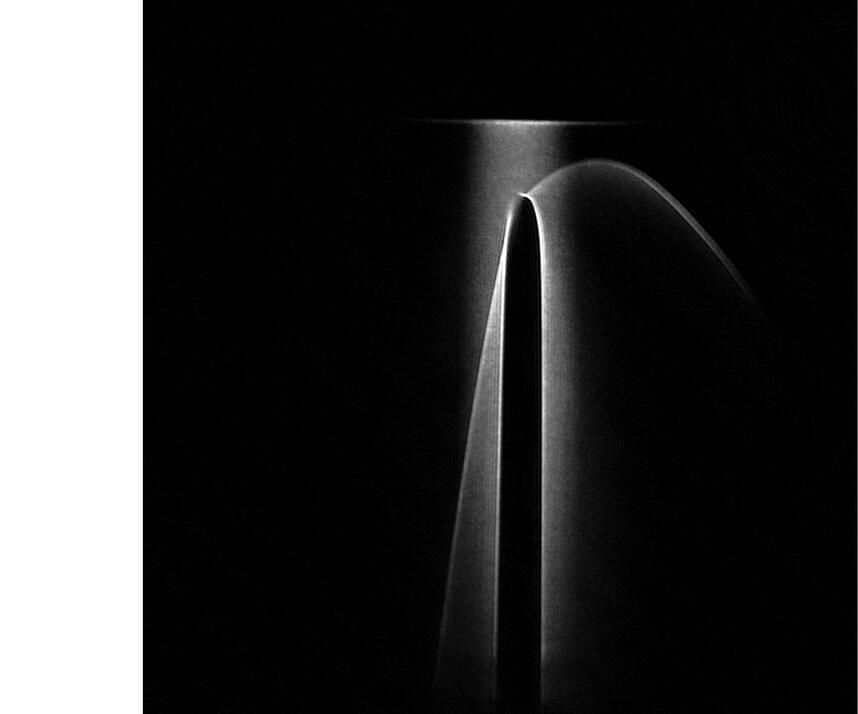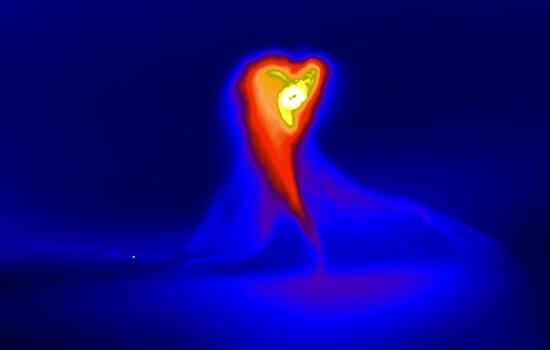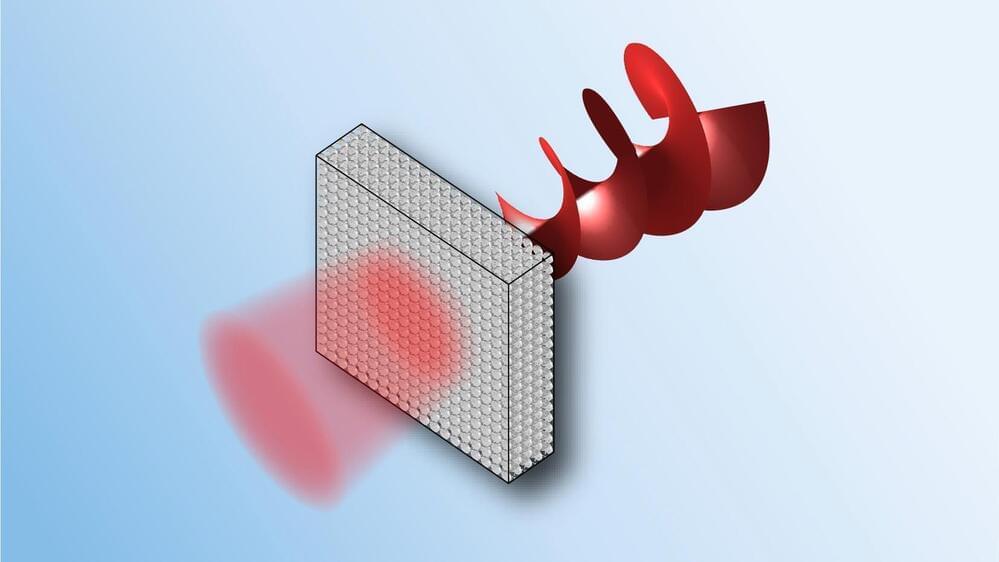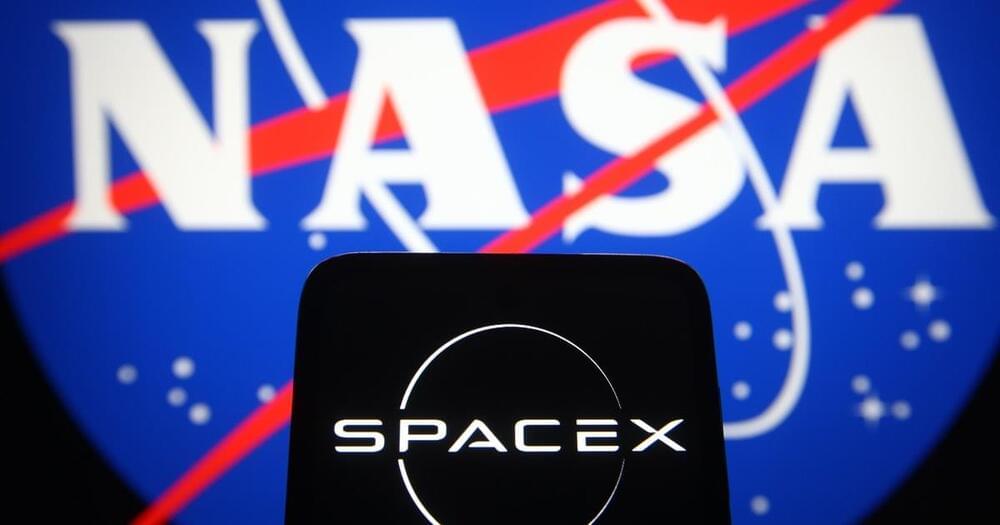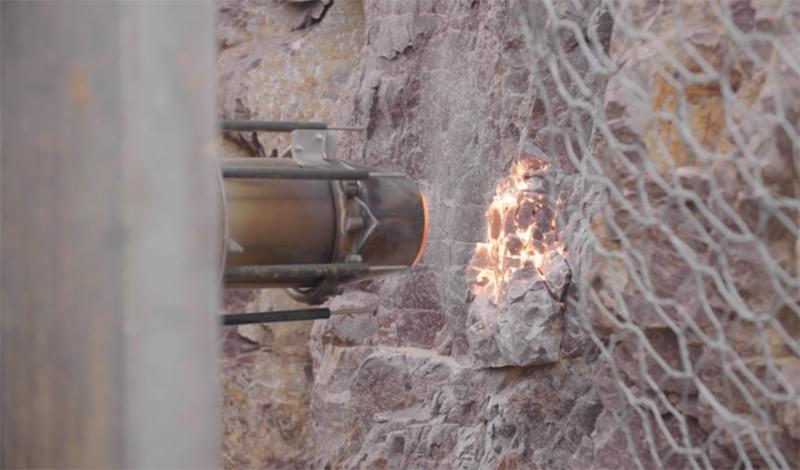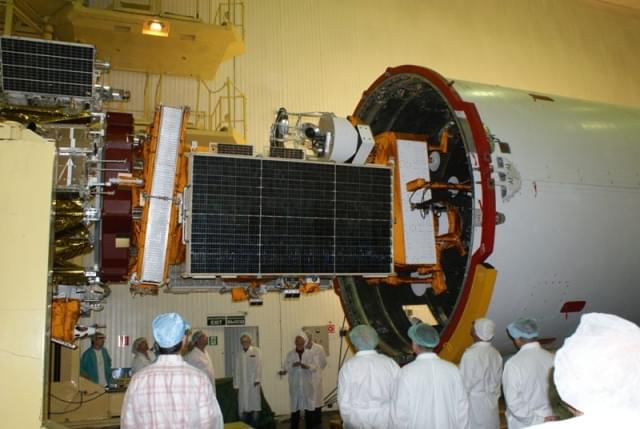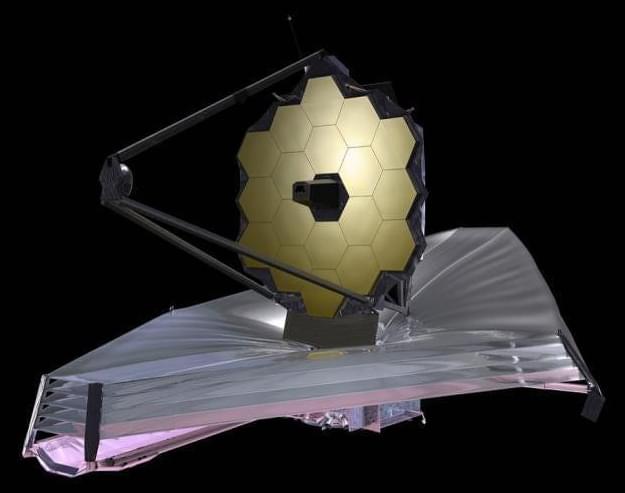Dec 10, 2021
Atom laser creates reflective patterns similar to light
Posted by Genevieve Klien in category: particle physics
Cooled to almost absolute zero, atoms not only move in waves like light but also can be focused into shapes called caustics, similar to the reflecting or refracting patterns light makes on the bottom of a swimming pool or through a curved wine glass.
In experiments at Washington State University, scientists have developed a technique to see these matter wave caustics by placing attractive or repulsive obstacles in the path of a cold atom laser. The results are curving cusps or folds, upward or downward “V” shapes, which the researchers describe in a paper for Nature Communications.
While it is foundational research, these caustics have potential applications for highly precise measurement or timing devices such as interferometers and atomic clocks.
